The US Environmental Protection Agency (EPA) has sounded the alarm on a hidden danger lurking in the fields and pastures of America's farms: harmful chemicals in sewage sludge used as fertilizer. These chemicals, specifically perfluorooctanoic acid (PFOA) and perfluorooctanesulfonic acid (PFOS), are part of a larger class of per- and polyfluoroalkyl compounds (PFAS), known as "forever chemicals" due to their persistence in the environment and the human body. The EPA's recent draft risk assessment has revealed that exposure to food from farms using this sludge can significantly increase a person's risk of developing cancer and other health conditions .
The EPA's findings are stark: under certain conditions, the human health risks from sludge used on farms are "several orders of magnitude" above what the agency deems acceptable. While the general food supply is not at risk, the EPA has identified specific populations that are particularly vulnerable. These include individuals who consume large amounts of milk or beef from farms that use sewage sludge, as well as those who eat fish from lakes or ponds contaminated by farm runoff. People who eat pasture-raised beef or eggs from hens raised on land contaminated by sewage sludge are also at risk .
PFAS chemicals have been used for decades in products like Teflon and firefighting foam due to their ability to repel water and oil. Although manufacturing of these chemicals has largely been phased out due to health concerns, they persist in the environment and can still be found in hundreds of household items and drinking water systems. It is estimated that 98% of the human population has PFAS in their blood . Last year, the EPA designated PFOS and PFOA as hazardous substances under US Superfund law, a move that underscores the severity of the issue .
Despite the EPA's designation, federal regulations on PFAS in food are lacking. The EPA does not set limits on acceptable levels of PFAS in food, but federal agencies do test food to identify where PFAS is present. The US Food and Drug Administration has tested nearly 1,300 samples since 2019, with most being PFAS-free or at least free of detectable PFAS chemicals. However, other organizations, including Consumer Reports, have found gaps in government testing and have reported detecting forever chemicals in milk, including some organic products. Organic farms, it should be noted, do not use sewage sludge .
Sewage sludge has been a common agricultural practice for years, with wastewater treatment plants producing millions of tons of it. The EPA estimates that less than 1% of fertilized acreage of productive agricultural land in the US uses sewage sludge, but this accounts for tens of millions of acres of farm fields across the country, according to the Environmental Working Group (EWG). Dr. David Andrews, EWG’s acting chief science officer, has expressed shock at the extent of downstream contamination caused by these chemicals, highlighting the cyclic nature of PFAS contamination .
Consumers can take steps to reduce their exposure to PFAS by using drinking water filters and monitoring water testing results in their area, but these measures are limited in their effectiveness. Ultimately, federal and state efforts are needed to end the ongoing use of these chemicals and to regulate industry pollution to prevent further contamination . The federal government has the authority to regulate what ends up in sewage sludge and has set limits on some metals, but PFAS is not currently regulated. In the absence of federal legislation, some states have taken matters into their own hands. Maine, for example, has banned the use of sewage sludge on fields, a move that has been met with both support and legal challenges .
The EPA's draft risk assessment emphasizes the need to address PFAS at the source, before these toxic chemicals end up in sewage sludge. Potential solutions include removing PFAS from everyday products and requiring manufacturers to treat their polluted wastewater before it reaches wastewater treatment plants . The draft assessment is open for public comment for 60 days, a period that will inform future actions by federal and state agencies, as well as steps that wastewater systems, farmers, and other stakeholders can take to protect people from PFAS exposure .
EPA Acting Administrator Jane Nishida has stated that this draft assessment provides important information to help inform future actions and steps to protect people from PFAS exposure, while ensuring that American industry continues to feed and fuel the nation . As the debate over the use of sewage sludge in agriculture continues, the health and safety of consumers and the environment hang in the balance. The time for action is now, and the EPA's findings serve as a clarion call for a comprehensive and urgent response to the PFAS crisis.

By Christopher Harris/Jan 16, 2025
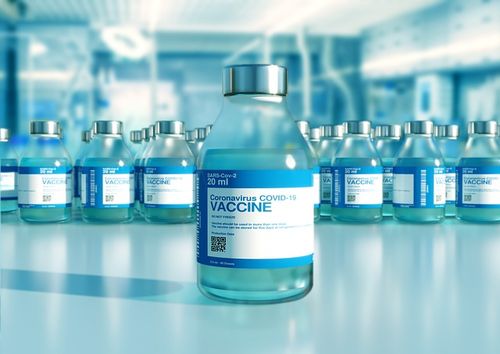
By Noah Bell/Jan 16, 2025

By Amanda Phillips/Jan 16, 2025

By Victoria Gonzalez/Jan 16, 2025

By Victoria Gonzalez/Jan 15, 2025
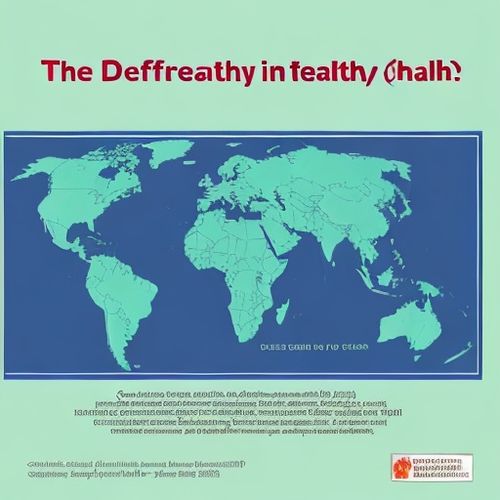
By Samuel Cooper/Jan 15, 2025
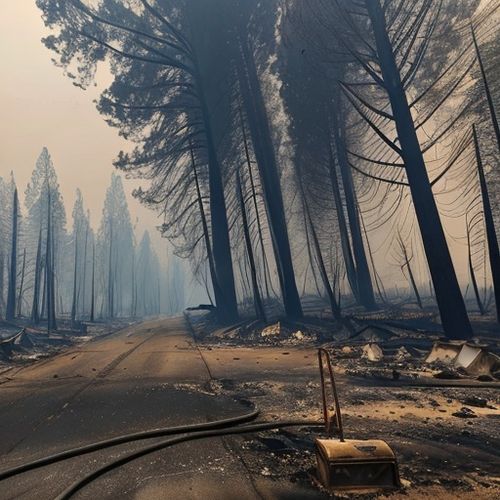
By Rebecca Stewart/Jan 15, 2025
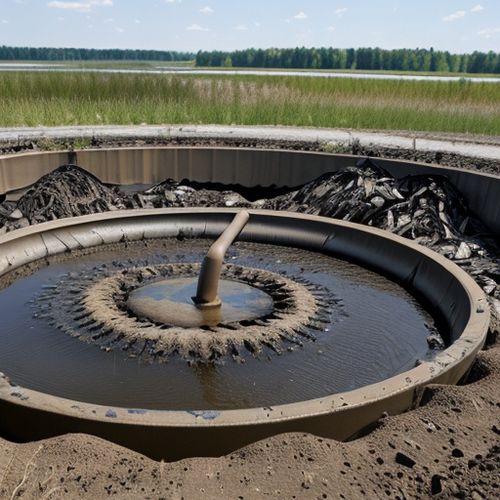
By Benjamin Evans/Jan 15, 2025

By Michael Brown/Jan 15, 2025

By Eric Ward/Jan 15, 2025

By Amanda Phillips/Jan 15, 2025

By William Miller/Jan 15, 2025

By Samuel Cooper/Jan 15, 2025
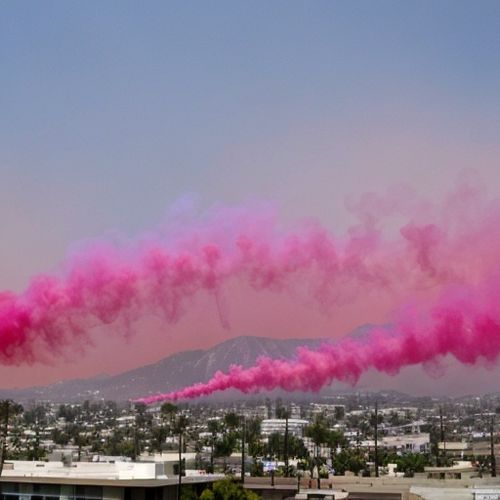
By James Moore/Jan 15, 2025

By Sarah Davis/Jan 13, 2025

By Lily Simpson/Jan 13, 2025

By Sophia Lewis/Jan 13, 2025

By David Anderson/Jan 13, 2025

By Michael Brown/Jan 13, 2025

By Lily Simpson/Jan 13, 2025